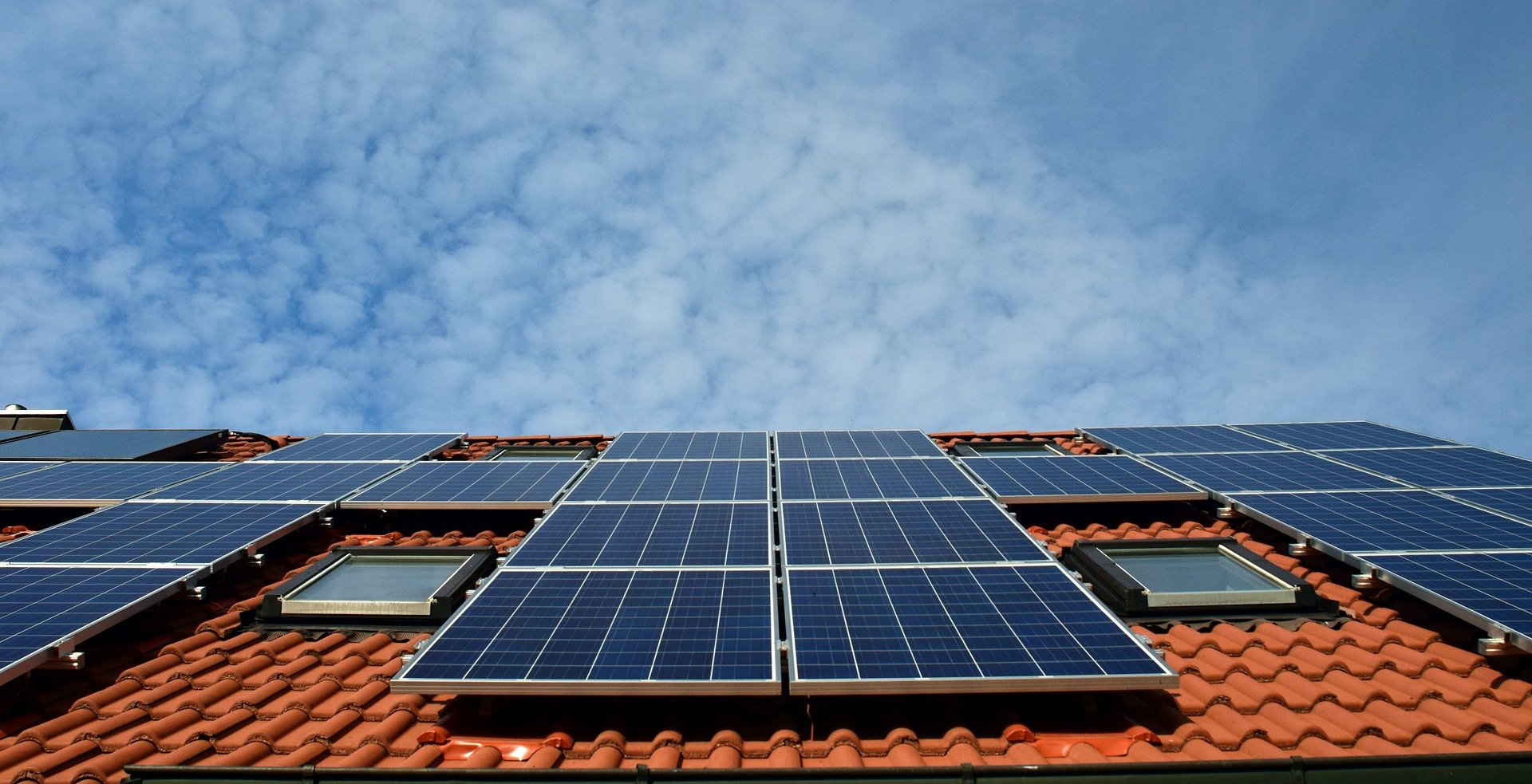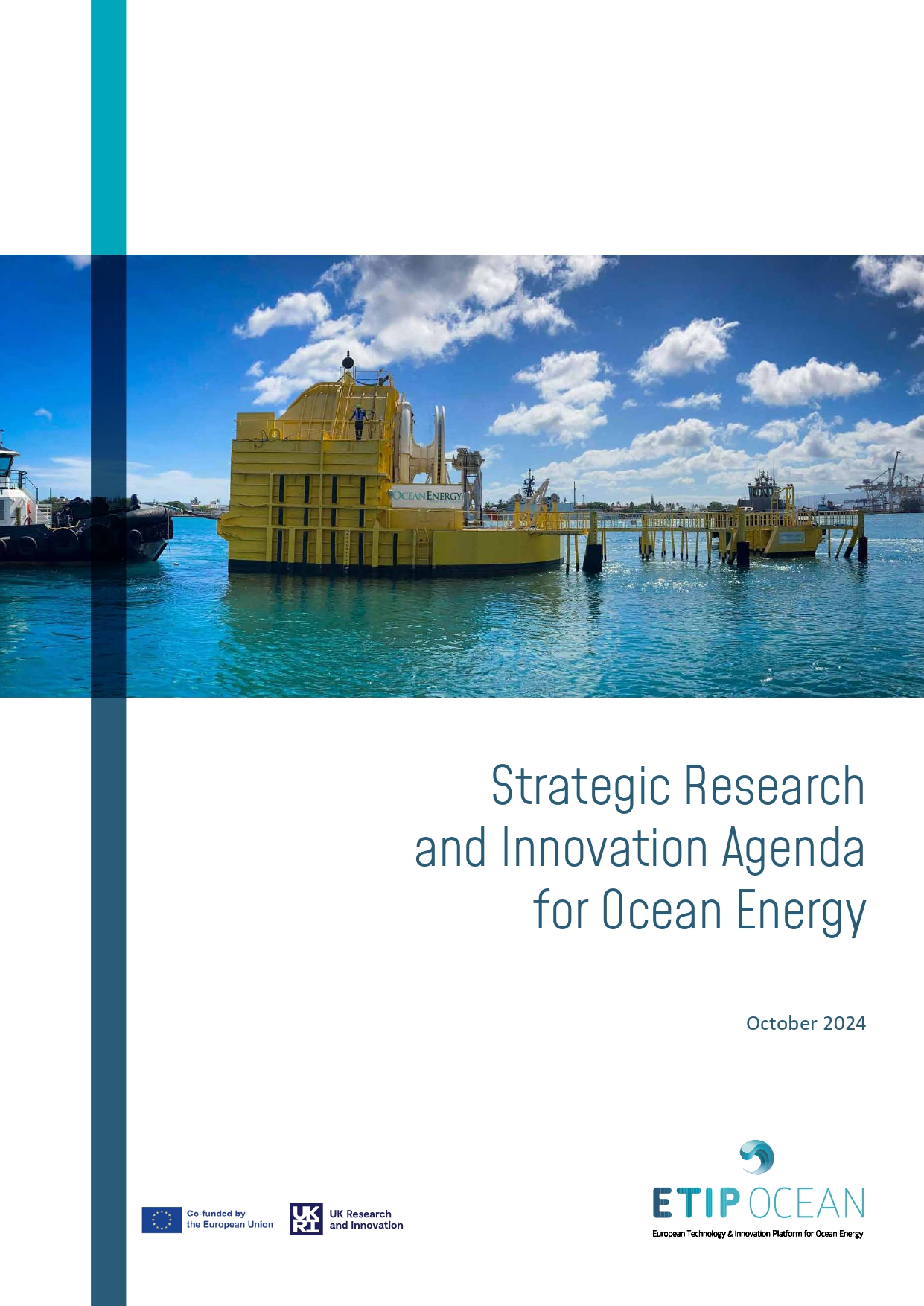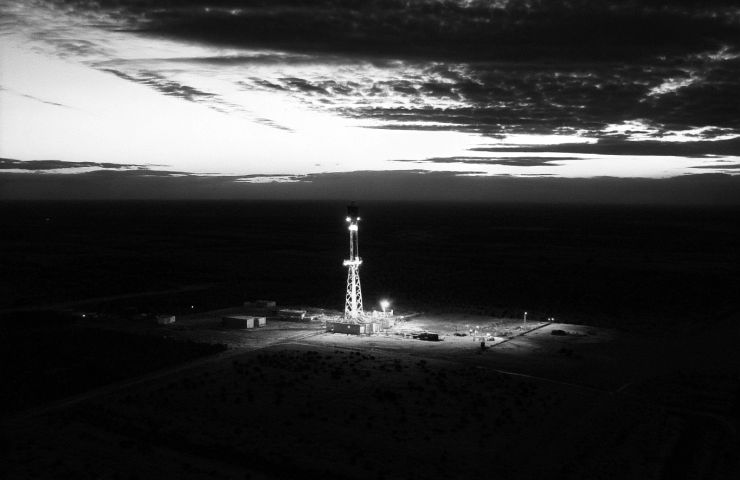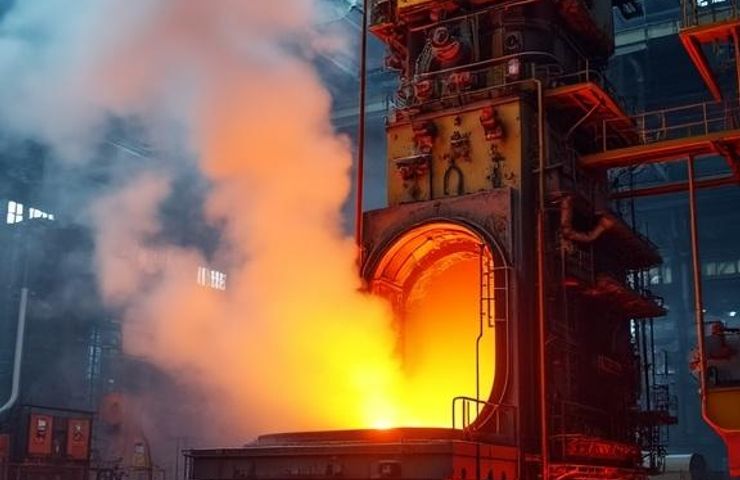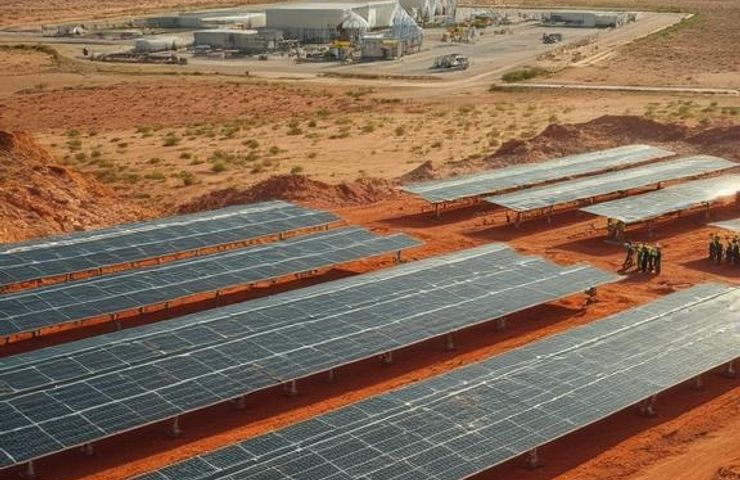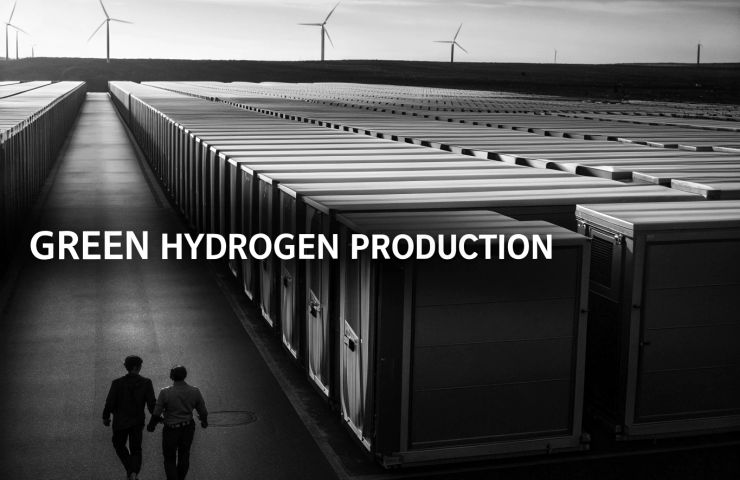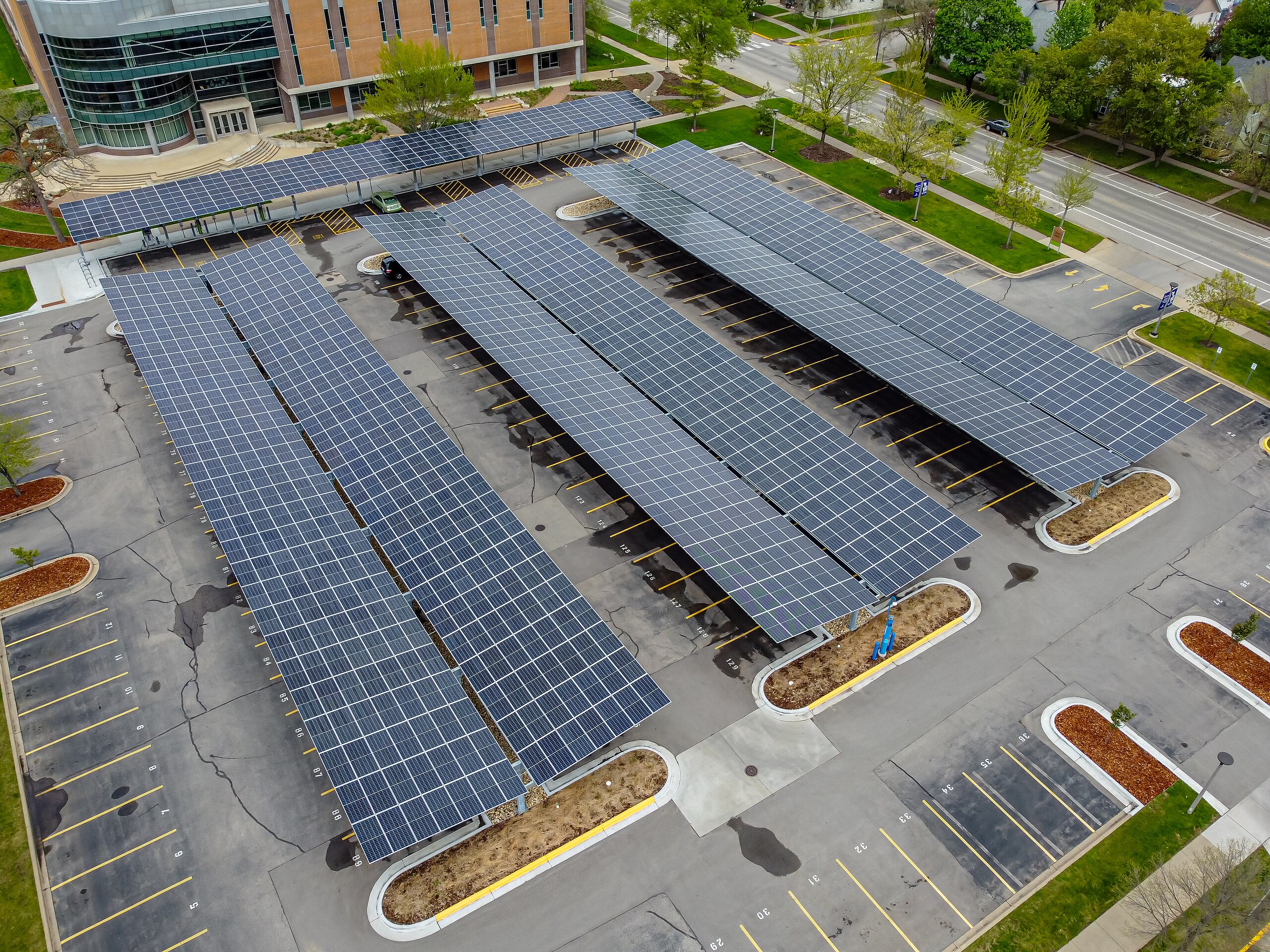Generator vs. Energy Storage: Which is the Best Option for You?
With summer approaching, many homeowners and business owners are preparing to tackle power outages by investing in either a generator or an energy storage system. Both options provide backup power, but they function differently and have distinct advantages and disadvantages. This buying guide will help you understand their differences and choose the best option based on your needs. Difference between Generator & Energy Storage System When frequent power cuts occur, both generators and energy storage systems are used to maintain electricity supply. However, they have different working mechanisms, costs, and efficiencies. The choice between them depends on various factors such as installation cost, maintenance, long-term benefits, and power storage capabilities. A generator is a cost-effective solution for generating electricity as it has a lower initial cost, and users only need to pay for fuel consumption as required. However, it does not store electricity and only operates when switched on. On the other hand, an energy storage system includes a battery that stores electricity when power consumption is lower than generation and supplies it when demand exceeds supply. A generator primarily consists of two components: a diesel engine and an alternator. In contrast, an energy storage system comprises an inverter, a battery, and optionally, a solar panel. While solar panels require a shadow-free area for installation, they can enhance the efficiency and sustainability of the system. One of the biggest differences between the two is the price. The initial cost of a generator is lower, whereas energy storage systems require a higher upfront investment, often two to three times more than a generator. However, an energy storage system can lead to long-term savings by reducing electricity bills and maintenance costs. Another advantage of a generator is its reliability in all weather conditions, including cloudy and rainy days. In contrast, an energy storage system relies on the battery's charge, meaning it will only function as long as stored energy is available. When deciding between a generator and an energy storage system, you should consider factors such as use case, advantages and disadvantages, installation process, operational efficiency, price, and long-term benefits. While generators provide immediate power backup, energy storage systems offer a more sustainable and long-lasting solution, as they can connect with the grid, batteries, and even generators for added flexibility. These systems are ideal for solving both short and long-duration power cuts efficiently. What is Energy Storage? Energy storage is a relatively new concept in the power sector, but it functions similarly to an inverter battery. It offers multiple features such as mobile monitoring, lithium battery integration, hybrid inverters, and solar panel compatibility. The energy storage market is expected to grow significantly in the next four to five years, as these systems not only solve power outage problems but also help in reducing electricity bills. The use of lithium batteries makes them suitable for various sectors where space, expandability, maintenance, and longevity are concerns. Additionally, their compact design and technological advancements make them an efficient energy solution. How Does Energy Storage Work? An energy storage system comprises three main components: an inverter, a battery, and an optional solar panel. The inverter battery connects to grid power sources, and if a shadow-free area is available, a solar panel can be installed. Initially, the battery charges using grid power or solar energy. When grid or solar power is unavailable, the battery discharges stored energy to supply electricity. What is the Installation Process of Energy Storage? The installation process of an energy storage system is similar to that of an off-grid solar system. It involves three key steps: installing solar panels on the rooftop (if included in the setup), setting up the inverter and battery system, and commissioning the entire setup, which includes solar wiring, earthing kit installation, and enabling export features. It is essential for installation teams to educate consumers on the correct usage of the system, as most operational issues arise due to improper installation or lack of consumer awareness. Conclusion In this guide, we have explained the essential differences between generators and energy storage systems. If you are considering purchasing a backup power solution, it is important to compare their pricing, efficiency, and long-term benefits. Loom Solar offers an Engineer Visit service, where our expert will assess your power needs and recommend a customized solution for your home or business. Contact us today to find the best power backup solution for you.
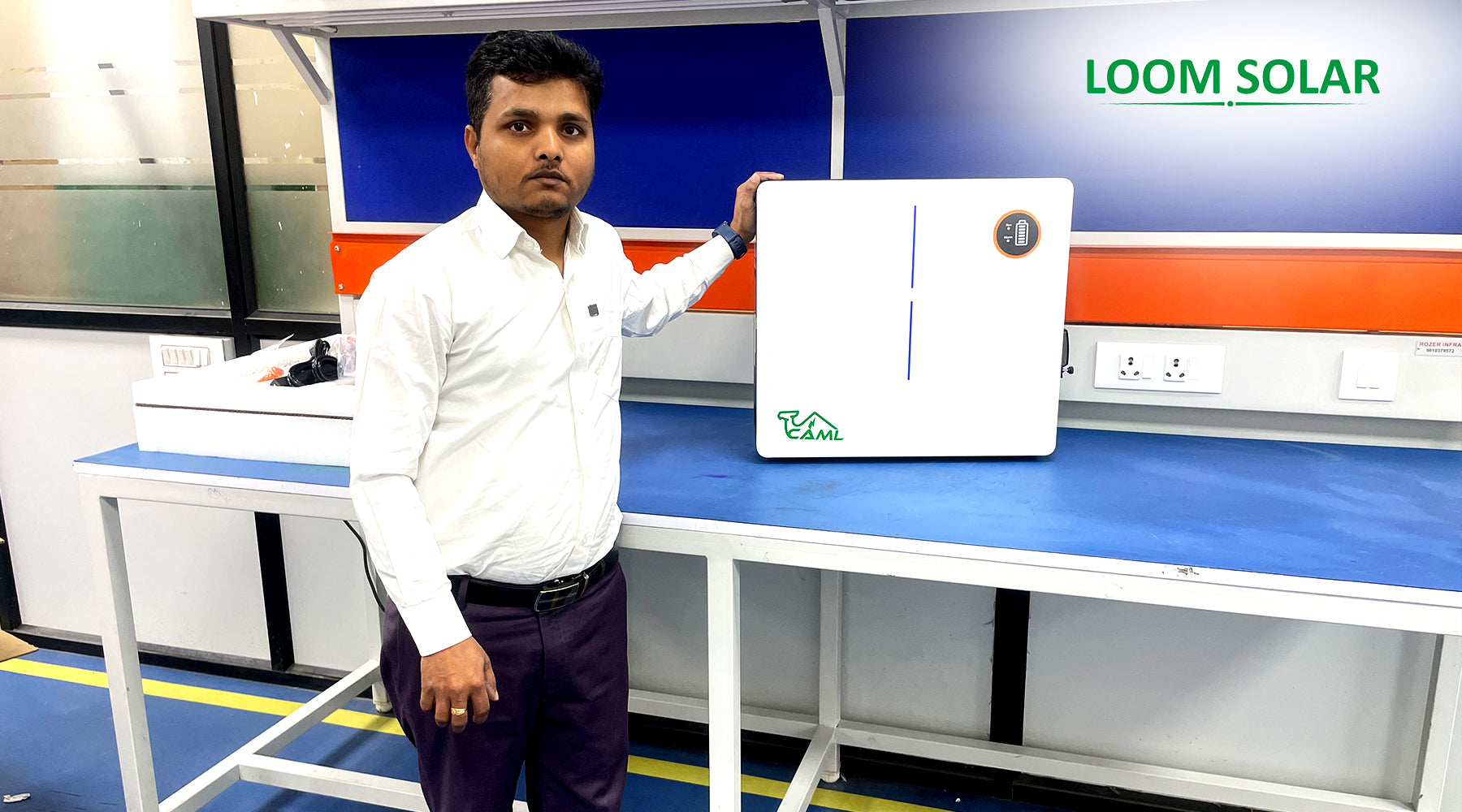
With summer approaching, many homeowners and business owners are preparing to tackle power outages by investing in either a generator or an energy storage system. Both options provide backup power, but they function differently and have distinct advantages and disadvantages. This buying guide will help you understand their differences and choose the best option based on your needs.
Difference between Generator & Energy Storage System
When frequent power cuts occur, both generators and energy storage systems are used to maintain electricity supply. However, they have different working mechanisms, costs, and efficiencies. The choice between them depends on various factors such as installation cost, maintenance, long-term benefits, and power storage capabilities.
A generator is a cost-effective solution for generating electricity as it has a lower initial cost, and users only need to pay for fuel consumption as required. However, it does not store electricity and only operates when switched on. On the other hand, an energy storage system includes a battery that stores electricity when power consumption is lower than generation and supplies it when demand exceeds supply.
A generator primarily consists of two components: a diesel engine and an alternator. In contrast, an energy storage system comprises an inverter, a battery, and optionally, a solar panel. While solar panels require a shadow-free area for installation, they can enhance the efficiency and sustainability of the system.
One of the biggest differences between the two is the price. The initial cost of a generator is lower, whereas energy storage systems require a higher upfront investment, often two to three times more than a generator. However, an energy storage system can lead to long-term savings by reducing electricity bills and maintenance costs.
Another advantage of a generator is its reliability in all weather conditions, including cloudy and rainy days. In contrast, an energy storage system relies on the battery's charge, meaning it will only function as long as stored energy is available.
When deciding between a generator and an energy storage system, you should consider factors such as use case, advantages and disadvantages, installation process, operational efficiency, price, and long-term benefits. While generators provide immediate power backup, energy storage systems offer a more sustainable and long-lasting solution, as they can connect with the grid, batteries, and even generators for added flexibility. These systems are ideal for solving both short and long-duration power cuts efficiently.
What is Energy Storage?
Energy storage is a relatively new concept in the power sector, but it functions similarly to an inverter battery. It offers multiple features such as mobile monitoring, lithium battery integration, hybrid inverters, and solar panel compatibility. The energy storage market is expected to grow significantly in the next four to five years, as these systems not only solve power outage problems but also help in reducing electricity bills. The use of lithium batteries makes them suitable for various sectors where space, expandability, maintenance, and longevity are concerns. Additionally, their compact design and technological advancements make them an efficient energy solution.
How Does Energy Storage Work?
An energy storage system comprises three main components: an inverter, a battery, and an optional solar panel. The inverter battery connects to grid power sources, and if a shadow-free area is available, a solar panel can be installed. Initially, the battery charges using grid power or solar energy. When grid or solar power is unavailable, the battery discharges stored energy to supply electricity.
What is the Installation Process of Energy Storage?
The installation process of an energy storage system is similar to that of an off-grid solar system. It involves three key steps: installing solar panels on the rooftop (if included in the setup), setting up the inverter and battery system, and commissioning the entire setup, which includes solar wiring, earthing kit installation, and enabling export features.
It is essential for installation teams to educate consumers on the correct usage of the system, as most operational issues arise due to improper installation or lack of consumer awareness.
Conclusion
In this guide, we have explained the essential differences between generators and energy storage systems. If you are considering purchasing a backup power solution, it is important to compare their pricing, efficiency, and long-term benefits.
Loom Solar offers an Engineer Visit service, where our expert will assess your power needs and recommend a customized solution for your home or business. Contact us today to find the best power backup solution for you.
What's Your Reaction?









